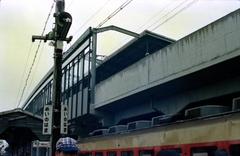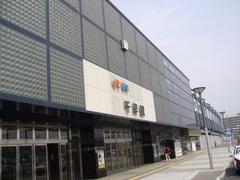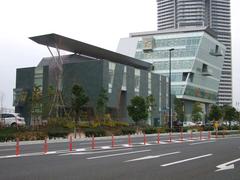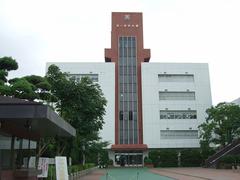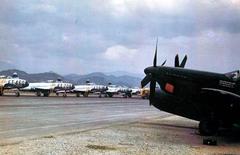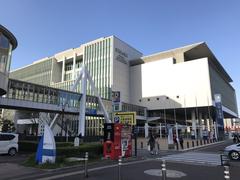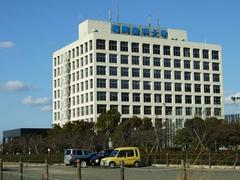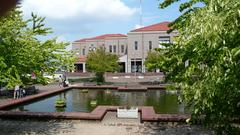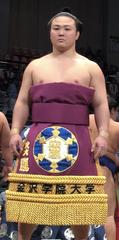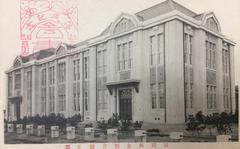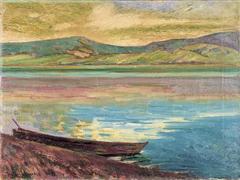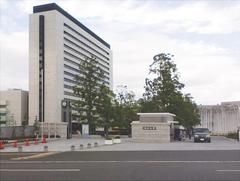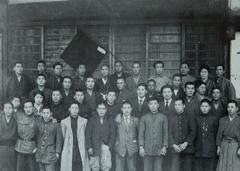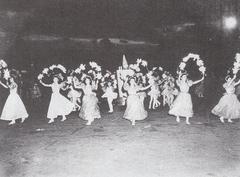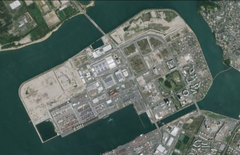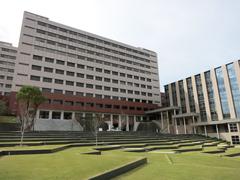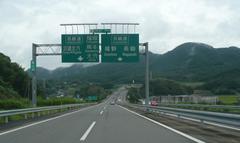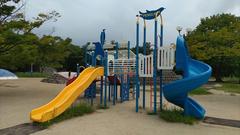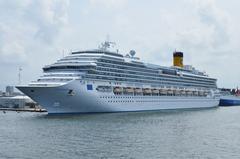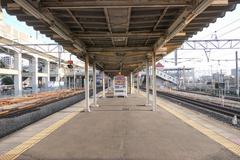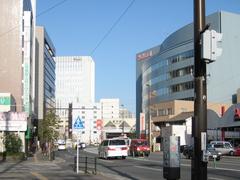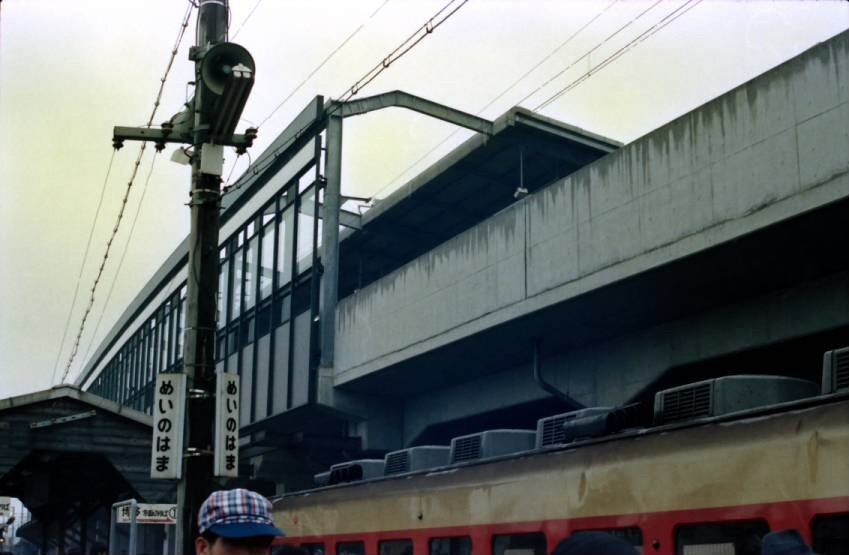
Meinohama Station Visiting Hours, Tickets, and Travel Guide: Fukuoka’s Gateway to History and Adventure
Date: 14/06/2025
Introduction
Meinohama Station (姪浜駅) in Fukuoka’s Nishi Ward is a major transportation hub connecting the western suburbs to central Fukuoka and regional destinations. Opened in 1925, it has witnessed a century of transformation—from private railway expansion to nationalization, electrification, and integration with the city’s subway network. Today, Meinohama Station serves as a seamless interchange between JR Kyushu’s Chikuhi Line and the Fukuoka City Subway Kūkō Line, offering modern facilities, comprehensive accessibility, and convenient travel for commuters and tourists alike.
Beyond its transport role, Meinohama Station is an entry point to Fukuoka’s rich heritage and scenic attractions, including Nokonoshima Island, Momochi Seaside Park, and nearby historical sites. Its distinctive yellow yacht logo nods to the area’s maritime culture and proximity to Odo Yacht Harbor. This guide delivers everything you need—visiting hours, ticketing options, accessibility, tips for navigating the station, and highlights of nearby destinations—to ensure a rewarding Fukuoka experience. (Wikipedia; Japan Experience; Fukuoka City Subway)
Table of Contents
- Introduction
- Historical Overview
- Visiting Hours & Ticket Information
- Station Layout & Accessibility
- Travel Tips & Practical Information
- Nearby Attractions & Access
- Special Features
- Visuals & Media Suggestions
- Frequently Asked Questions (FAQ)
- Conclusion
- References
Historical Overview
Development and Expansion
Meinohama Station’s origins lie in the rapid private railway growth of the early 20th century. The Kitakyushu Railway launched its Fukuyoshi–Hamasaki line in 1923, extended to Chikuzen-Maebaru in 1924, and established Meinohama as its eastern terminus in 1925 (Wikipedia).
Nationalization and Modernization
In 1937, the Japanese Government Railways (JGR) nationalized the Kitakyushu Railway, rebranding the route as the Chikuhi Line. This move integrated Meinohama into a broader national network, boosting its significance for passengers and freight.
Electrification and Subway Integration
A pivotal modernization came in 1983: the Meinohama–Karatsu section was electrified, and the Fukuoka City Subway’s Kūkō Line (formerly Number 1 Line) opened. This enabled through-services between JR and subway trains—rare in Japan—allowing direct, transfer-free travel between city and suburbs (Wikipedia; Japan Experience).
Privatization and Symbolism
The 1987 privatization of Japanese National Railways (JNR) brought Meinohama under the joint operation of JR Kyushu and the Fukuoka City Transportation Bureau. The station’s symbol—a yellow yacht designed by Isao Nishijima—reflects the adjacent Odo Yacht Harbor and emphasizes its maritime identity (Japanese Wikipedia). The area, once marshland and mining fields, is now a lively residential district shaped by post-subway urban development.
Visiting Hours & Ticket Information
- Operating Hours: Approximately 5:30 AM to 12:25 AM daily (subject to train schedules and minor variation).
- Ticketing: Purchase tickets at staffed counters or multilingual machines. Meinohama Station supports IC cards (Hayakaken, SUGOCA, Suica, ICOCA, etc.) for seamless, contactless travel. Note: Long-distance JR tickets are not available here—use major stations like Hakata for such purchases.
- Fare Information: Fares depend on distance and service type. Confirm up-to-date fares via official websites or station displays.
Station Layout & Accessibility
- Structure: Two elevated island platforms serve four tracks—JR services on platforms 1 and 4, subway on platforms 2 and 3. The station building is beneath the platforms, facilitating easy cross-platform transfer.
- Accessibility: Elevators, escalators, tactile paving, accessible restrooms, and clear multilingual signage are provided. Staff assistance is available throughout the day.
Travel Tips & Practical Information
- Peak Times: Mornings and evenings are busiest; mid-morning and early afternoon offer a quieter experience.
- Navigation: Use station numbering (JR: JK01, Subway: K01) and the yellow yacht symbol to find your way.
- IC Cards: IC cards are highly recommended for convenience, covering both JR and subway lines.
- Luggage: Coin lockers are available; larger luggage storage may be limited.
Nearby Attractions & Access
- Nokonoshima Island: Walk to Meinohama Port for a quick ferry to this scenic island, famed for seasonal flower parks and hiking.
- Odo Yacht Harbor: A short stroll from the station, perfect for maritime photos and seaside relaxation.
- Momochi Seaside Park & Fukuoka Tower: Reachable by subway or bus, these locations offer waterfront leisure and panoramic city views.
- Fukuoka Castle (Maizuru Park) & Ohori Park: Two subway stops away, great for cherry blossom viewing and historical exploration.
- Uminonakamichi Seaside Park: Access by ferry or JR for gardens, playgrounds, and family activities.
- Nakasu Yatai District: For Fukuoka’s famous street food stalls, transfer to Nakasu-Kawabata Station via subway.
Special Features
- Through-Service Operations: Seamless direct trains link the JR Chikuhi Line and Fukuoka City Subway Kūkō Line.
- Unique Kilopost: The “12.5 km” marker at Meinohama reflects historical railway measurements.
- Station Symbolism: The yellow yacht logo is prominent on signage, blending functionality with local maritime pride.
- Event Recommendations: Look out for Nokonoshima’s flower festivals, Fukuoka Tower illuminations, and seasonal matsuri (festivals).
Visuals & Media Suggestions
- High-quality images of Meinohama Station’s platforms, ticket gates, and yellow yacht logo
- Photos of Nokonoshima Island Park’s seasonal blooms
- Views of Momochi Seaside Park and Fukuoka Tower
- Scenes from Nakasu’s vibrant food stalls
- Maps showing station connections and area attractions
All images should include descriptive alt text for accessibility and SEO.
Frequently Asked Questions (FAQ)
Q: What are Meinohama Station’s operating hours?
A: Daily, approximately 5:30 AM–12:25 AM (check official schedules for updates).
Q: Can I buy long-distance JR tickets at Meinohama?
A: No. Use major stations like Hakata for long-distance JR tickets.
Q: Is the station accessible for travelers with disabilities?
A: Yes. Facilities include elevators, accessible restrooms, tactile paving, and staff assistance.
Q: Which IC cards are accepted?
A: Hayakaken, SUGOCA, Suica, ICOCA, and other regional IC cards.
Q: How do I reach Nokonoshima Island?
A: Walk to Meinohama Port (about 10 minutes) for a short ferry ride to the island.
Q: Are guided tours available?
A: Tourist information is available at the station and online; local guided tours can be arranged for popular sites.
Conclusion
Meinohama Station is more than a transit point—it is your gateway to the best of Fukuoka: historical landmarks, vibrant neighborhoods, seaside escapes, and cultural festivals. With modern facilities, excellent accessibility, and smooth connections between subway and JR lines, it offers a comfortable and efficient travel experience for all. Plan your trip using this guide, consult official resources for the latest updates, and immerse yourself in Fukuoka’s unique charm.
For interactive maps, personalized itineraries, and real-time updates, download the Audiala app and follow our latest Fukuoka travel posts.
References and Useful Links
- Meinohama Station, Wikipedia
- Fukuoka City Subway Official Website
- Japan Experience: Fukuoka Subway
- Meinohama Sumiyoshi Shrine Official Facebook Page
- Fukuoka City Tourism Official Site
- Nishi Ward Office
